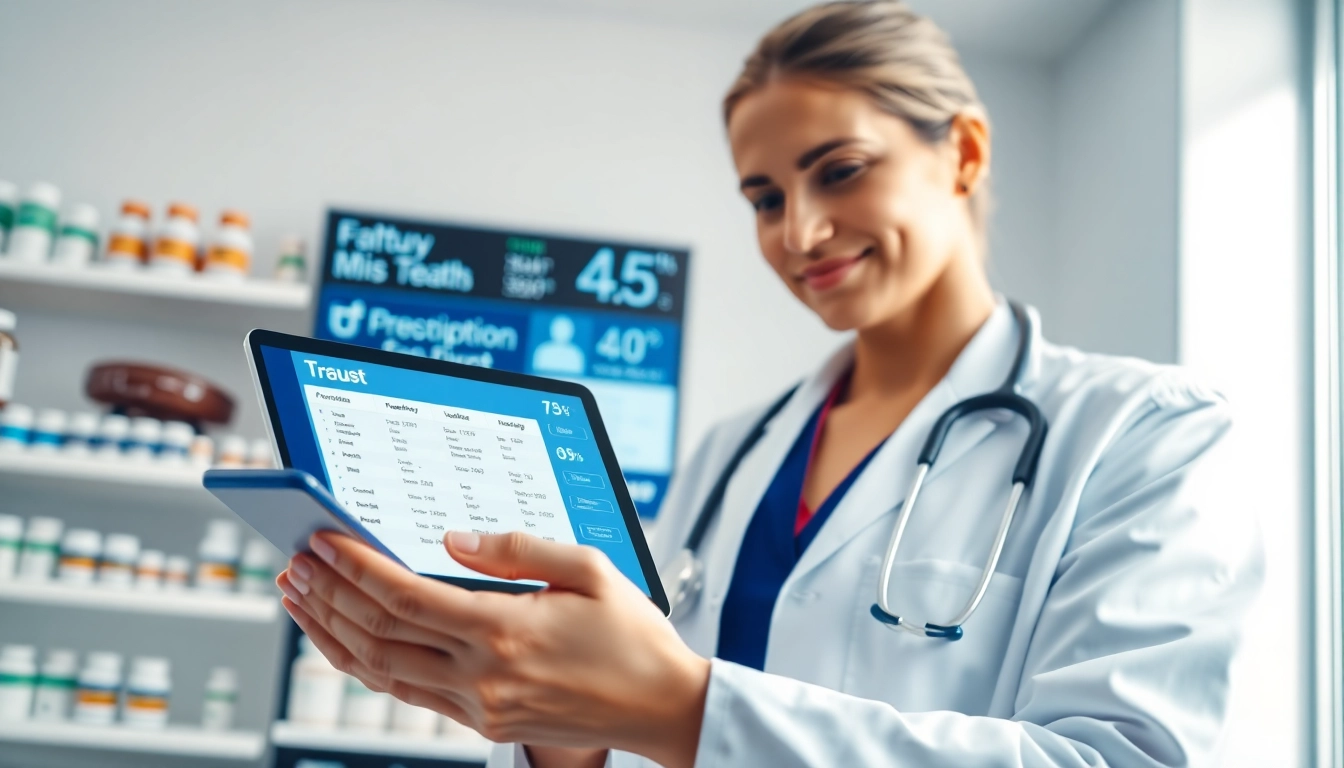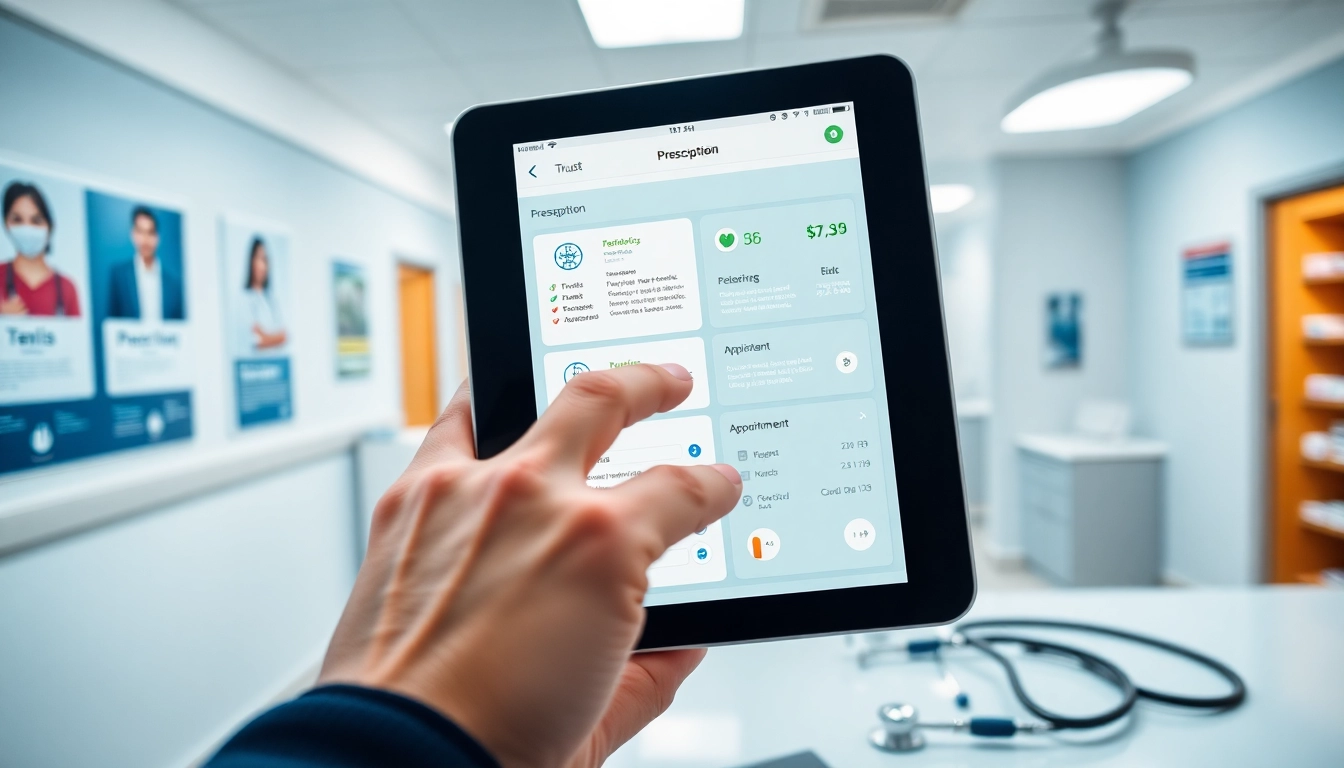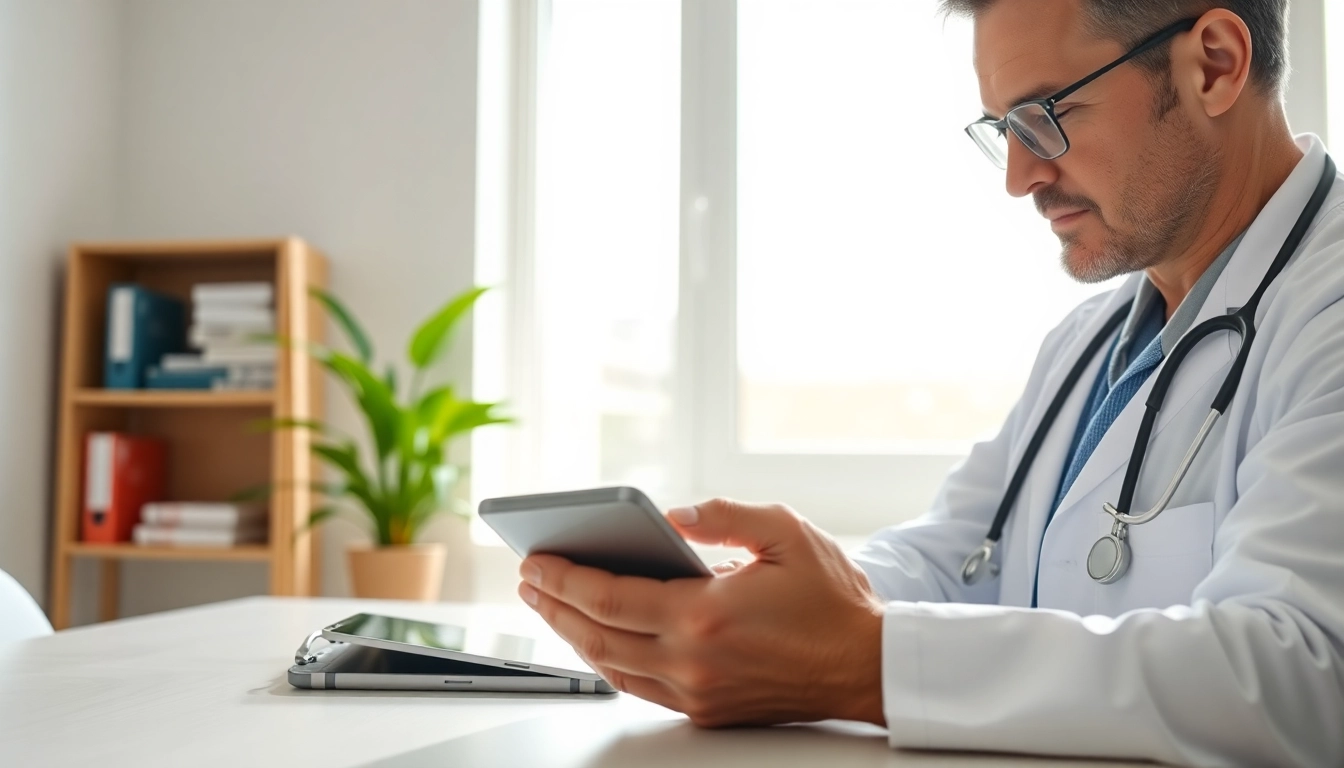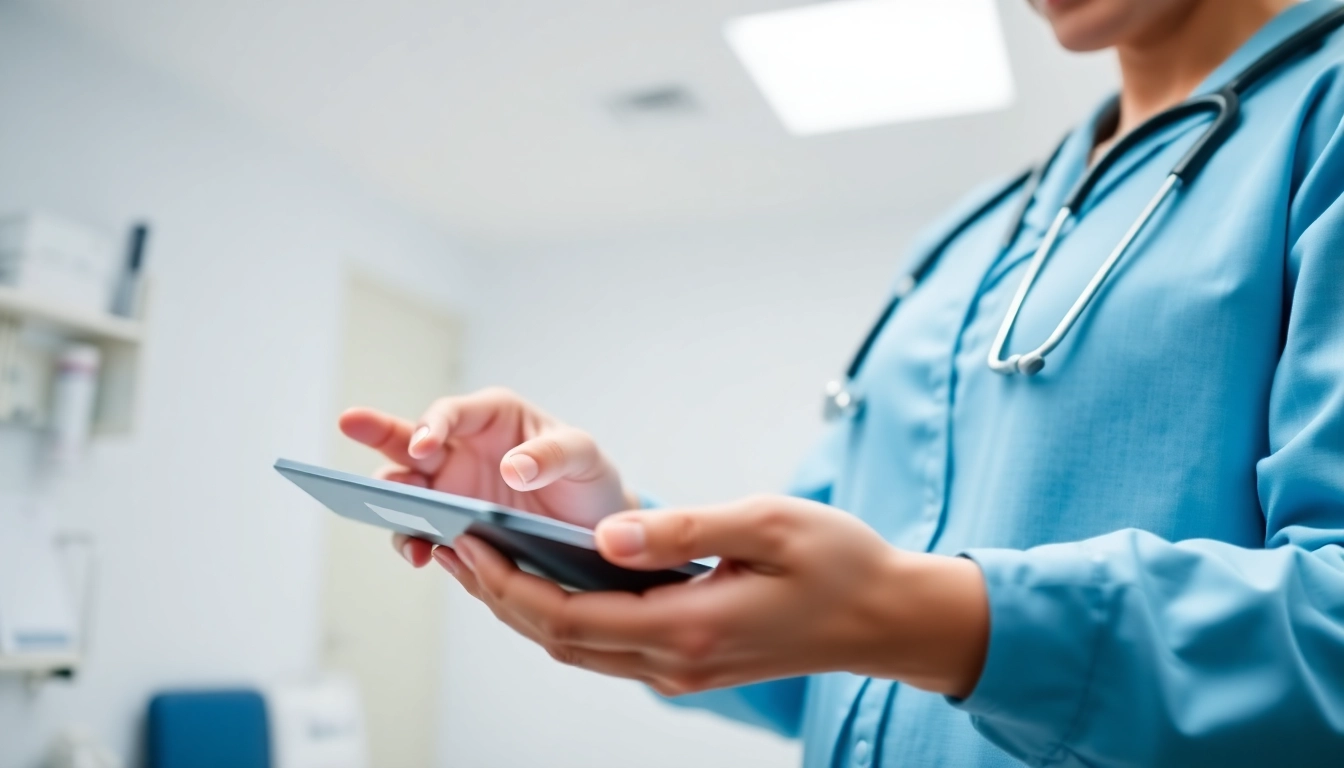Introduction to E-Prescription Apps
The use of technology in healthcare has transformed how medical professionals interact with their patients and manage treatments. Among the most significant advancements is the rise of electronic prescription (e-prescription) apps. These applications have streamlined the prescription process and improved patient outcomes greatly. In this article, we will explore the advantages of using eprescription apps, the impact on healthcare efficiency, the challenges faced, and future trends in this evolving field.
What are E-Prescription Apps?
E-prescription apps are software tools that allow healthcare providers to write and send prescriptions electronically to pharmacies. These apps have replaced traditional methods like handwritten prescriptions, offering several benefits, including enhanced accuracy and convenience for healthcare providers and patients. E-prescribing allows for real-time access to patient medical records and medication histories, enabling a more efficient and safer prescribing process.
Historical Context of Prescription Methods
Historically, prescribing medications involved paper slips, which required patients to physically deliver them to pharmacies. This traditional method was fraught with potential issues: misunderstandings due to illegible handwriting, lost slips, and delays in prescription dispensing. The introduction of electronic prescriptions marked a significant evolution, as it shifted the burden of accuracy and clarity from the patient to the technology, addressing many pain points associated with earlier practices.
Understanding User Perspectives
From a user’s perspective, e-prescription apps provide enhanced accessibility and transparency in medication management. Patients can view their prescriptions through mobile apps or online portals, often accompanied by information regarding dosages and potential side effects. Understanding user attitudes towards these applications is critical for their adoption and continued success in healthcare. Surveys have shown that many patients value the convenience of managing their prescriptions digitally and appreciate the reduction in waiting times when picking up medications at pharmacies.
Advantages of Using E-Prescription Apps
Streamlining Patient Communication
One of the most significant advantages of using eprescription apps is the improvement in communication between healthcare providers and patients. E-prescription systems allow doctors to send prescriptions directly to pharmacies, thereby reducing the chances of miscommunication. Patients can receive automatic notifications when prescriptions are ready for pickup, enhancing their overall experience. Moreover, these apps often include reminders for medication adherence, helping patients stay engaged with their health regimens.
Enhancing Medication Management
E-prescription apps allow healthcare providers to easily manage a patient’s medication history. With integrated databases, these apps facilitate easy tracking of prescription refills, dosage adjustments, and changes in medication. This level of management not only minimizes the risk of overdose or missed doses but also ensures that patients adhere to their prescribed treatment plans. Additionally, patients have access to their medication lists at all times, empowering them to discuss their health with providers more effectively.
Reducing Prescription Errors
Prescription errors can have severe consequences for patient health. E-prescription apps play a crucial role in minimizing these errors via automated checks against national and local drug databases. These systems flag potential interactions and contraindications, alerting providers to issues before prescriptions are filled. By significantly reducing human error associated with handwritten notes and verbal communication, e-prescription apps enhance patient safety and promote a higher standard of healthcare.
Impact on Healthcare Efficiency
Improving Workflow for Healthcare Providers
The implementation of e-prescription apps has streamlined workflows for healthcare providers. Traditional prescribing methods often involve administrative tasks that burden medical staff, such as phone calls to pharmacies to clarify prescriptions. E-prescribing automates much of this process, freeing up healthcare professionals to focus more on patient care rather than paperwork. As a result, providers can see more patients, reducing wait times and increasing overall clinic efficiency.
Fostering Better Patient Health Outcomes
The ultimate goal of healthcare is to improve patient outcomes. E-prescription apps contribute significantly to better health results by ensuring that patients receive the correct medications and adhere to their treatment plans. Studies show that electronic prescriptions correlate with improved medication adherence rates, as patients experience fewer barriers to accessing their prescribed treatments. This adherence leads to better management of chronic conditions and a proactive approach to health.
Reducing Administrative Burden
Administrative tasks in healthcare often detract from time spent on patient care. E-prescription apps alleviate this pressure by minimizing the administrative burden associated with traditional prescribing processes. Billable hours are often consumed by follow-up calls with pharmacies and refilling prescriptions manually. E-prescribing reduces the time spent on these tasks, allowing healthcare staff to optimize their operations and focus on providing quality care.
Challenges and Considerations
Barriers to Adoption of E-Prescription Apps
Despite the myriad advantages, the adoption of e-prescription apps is not without challenges. Key barriers include the initial costs of implementation, resistance from staff accustomed to traditional methods, and ongoing maintenance and training requirements. Overcoming these obstacles requires clear communication about the benefits of e-prescribing and ongoing support for staff to ensure a smooth transition toward digital solutions.
Privacy and Security Concerns
With any digital solution, privacy and security concerns are paramount. Healthcare providers must ensure that e-prescription apps comply with regulations to protect patient information. Breaches in data security can undermine trust between patients and providers. Thus, employing robust cyber defense mechanisms and adhering to best practices in data handling are essential in fostering a secure e-prescribing environment.
Technology Literacy Among Patients
The successful adoption of e-prescription apps also hinges on patients’ technology literacy. Some patients may struggle with using mobile apps or online systems, leading to disparities in access to care. To mitigate this, healthcare providers should consider offering educational resources and assistance to patients, ensuring that they can navigate these systems with confidence and ease.
Future Trends in E-Prescription Technology
Integration with Other Healthcare Technologies
Future developments in e-prescription technology will likely focus on integrating with other health IT systems, including electronic health records (EHRs), telemedicine platforms, and health information exchanges (HIEs). Such integration will create a seamless digital ecosystem, allowing healthcare providers to access comprehensive patient information in one location, enhancing decision-making and patient care.
Advancements in User Experience
User experience (UX) design will continue to evolve for e-prescription apps, focusing on creating intuitive interfaces that simplify navigation for users. Enhanced UX may include features like voice-command functionality, customizable dashboards, and integration with wearable health technology. These advancements will address the diverse needs of patients and providers alike, ensuring a more user-friendly experience.
Potential for Telemedicine Integration
As telemedicine continues to gain traction in healthcare, the synergy between e-prescription apps and virtual care platforms is poised to grow. Seamless integration will allow healthcare providers to prescribe medications immediately after virtual consultations, fostering timely access to necessary treatments. This marriage of technologies presents a unique opportunity to enhance patient engagement and enhance the efficiency of care delivery.




